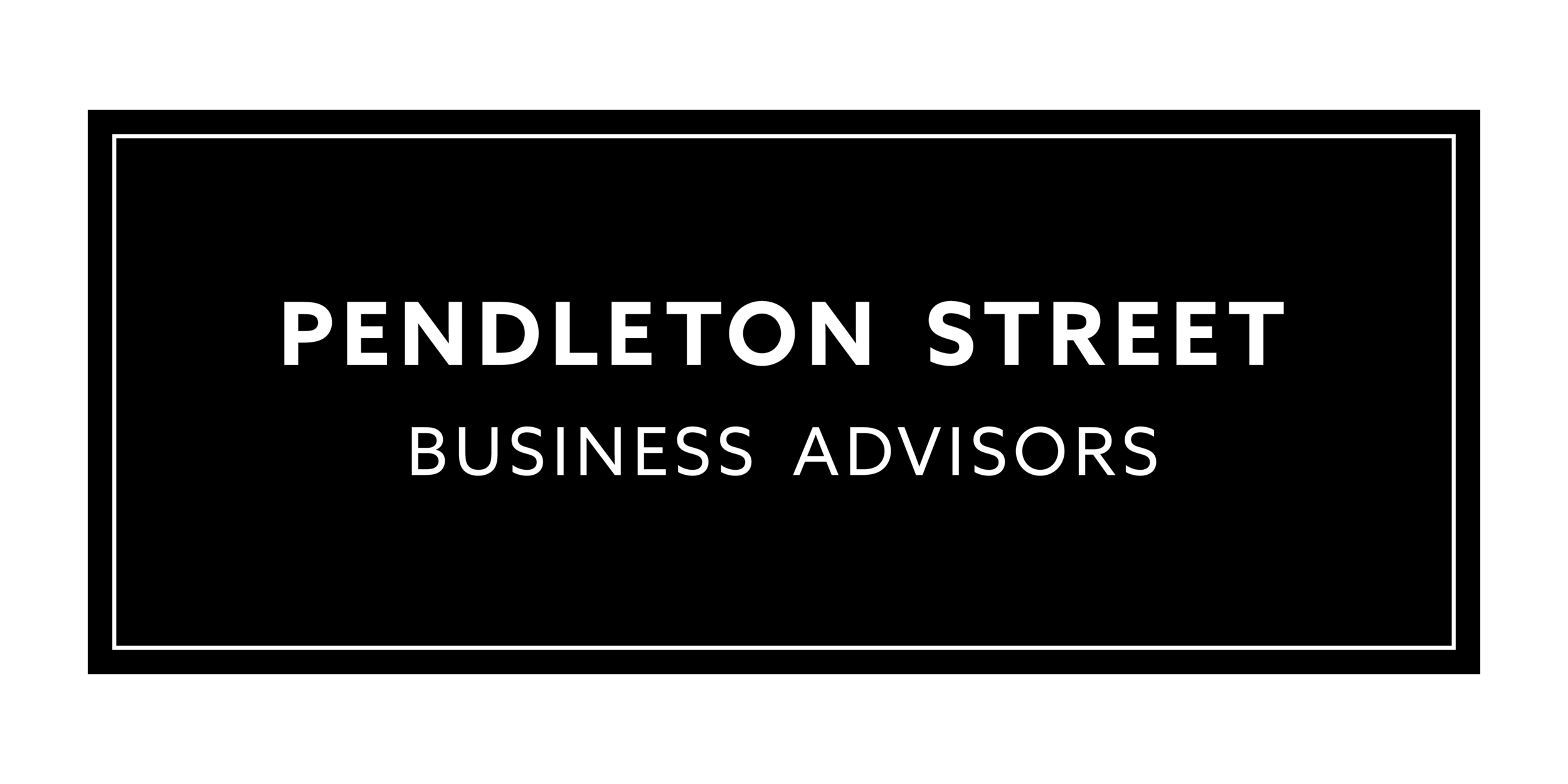Investment Commentaries: Interim Update 2020
Much has happened since our last interim commentary on February 27th, so we are reaching out to you with an update. We remain concerned for the health and safety of everyone close to us and around the world. That said, as your financial advisor we believe the best way we can help you right now, besides washing our hands and not shaking yours, is to do our job: portfolio management. To that end, we are providing a brief overview of the events leading up to the current market environment, and how we think about portfolios and individual investments in times of distress such as this.
Where we are: After a pickup in volatility that began in late February with the global surge of COVID-19 cases, on March 12 the S&P 500 index declined by -9.5% sending it into a bear market (defined as 20% below its most-recent high-point). This is the first time the S&P has fallen by more than 20% in over 10 years - since the last bear market that began in October of 2007 and ended in March of 2009.
How we got here: Markets in the US peaked on or around February 19, 2020; 29 days after the first virus-related death in China, and nine days before the first virus related death in the US. Since then, cases around the World have reached close to 180,000;
with 4,941 resulting deaths added to the existing toll of 2,126 for a total of 7,067 deaths to-date.[1] In the US, over 46 states have reported cases, and a total of 41 deaths have been attributed to COVID-19.[2] All of these numbers are very fluid and are expected to change significantly as the disease progresses. See below for a timeline of the S&P 500 through today, along with notes on important events and actions we have taken in client portfolios since the downturn began.
We believe there is an important distinction to make about this market downturn: it is not just the virus, but also the response to the virus that is contributing to the magnitude of the drawdown. In an effort to stop the spread of COVID-19, countries around the world including the US are all-but shutting down locations and events where groups of people congregate. In the long-term, this will be remembered as a prudent response. In the short-term, it presents extreme challenges for large and small businesses around the world:
Phase I - Supply Shock: When the virus was thought to be contained in China, businesses were primarily concerned with supply chain logistics – goods sourced from China were delayed indefinitely as businesses closed and people isolated themselves.
Phase 2 – Demand Shock: Since the virus continued to spread within China and now throughout the world, businesses now face both supply-chain challenges as well as a slow-down in consumer demand with an uncertain magnitude over an indefinite time period.
Take, for example, the restaurant industry where data provided by OpenTable[3] suggests cities around the globe are experiencing declines in diner-volume per week of close to 50% vs the same week a year ago.
Many economists are predicting the length and severity of an economic downturn (see one such prediction in the accompanying chart). While we have no doubt that the COVID-19 pandemic and society’s response to it will have a significant negative impact on the global economy and the businesses that operate within it, we also have no doubt that economies and markets will go on to recover.
The relationship between economic growth and stock market returns is not one-to-one, but during recessions markets typically begin declining and recovering before GDP does (See “Facts about bear markets” sidebar below).
Unfortunately, some companies will not make it through to the other side of this downturn. Cyclical companies expecting another year of moderate economic growth and continued consumer spending that began the year with significant debt on their balance sheets after years of increased borrowing at historically low rates are at-risk of failing. That is why, even and especially when times appear good and the market is leaving very little room for caution, we maintain a strong focus on the quality of underlying holdings within portfolios.
What to do: When markets look like they are panicking, it can be tempting to panic along with them. But, much of the selling in the market occurs for reasons that have nothing to do with meeting long-term objectives, and everything to do with short-term self-preservation. For example, during periods of high volatility large financial institutions that buy and sell derivatives, and hedge funds that utilize leverage are forced to sell their higher-quality investments in order to cover losses on riskier parts of their portfolios. The words they use for that are “contagion” and “forced selling.”
Because we do not utilize leverage in client portfolios, we do not put them in a position where forced-selling is necessary. Additionally, because our client portfolios are diversified across asset classes, they do not decline as much as the stock market during downturns. This has proven out in previous downturns and is also true in this one. Rather than participate in the panic, when markets reflect indiscriminate selling like they have for the last week or so, we are looking for opportunities to shed risk when possible, and shift toward buying equity and occasionally bonds of high-quality companies as they become under-valued.
As we said in our January 10th investment commentary, the only short-term rule that consistently works in investing is “respect the unexpected.” We will continue to practice that as we navigate the current environment. We appreciate and do not take lightly your patience and the trust you place in us as advisors, and we look forward to speaking with you soon.
[1] https://www.worldometers.info/coronavirus/
[2] https://www.cdc.gov/coronavirus/2019-ncov/cases-in-us.html








